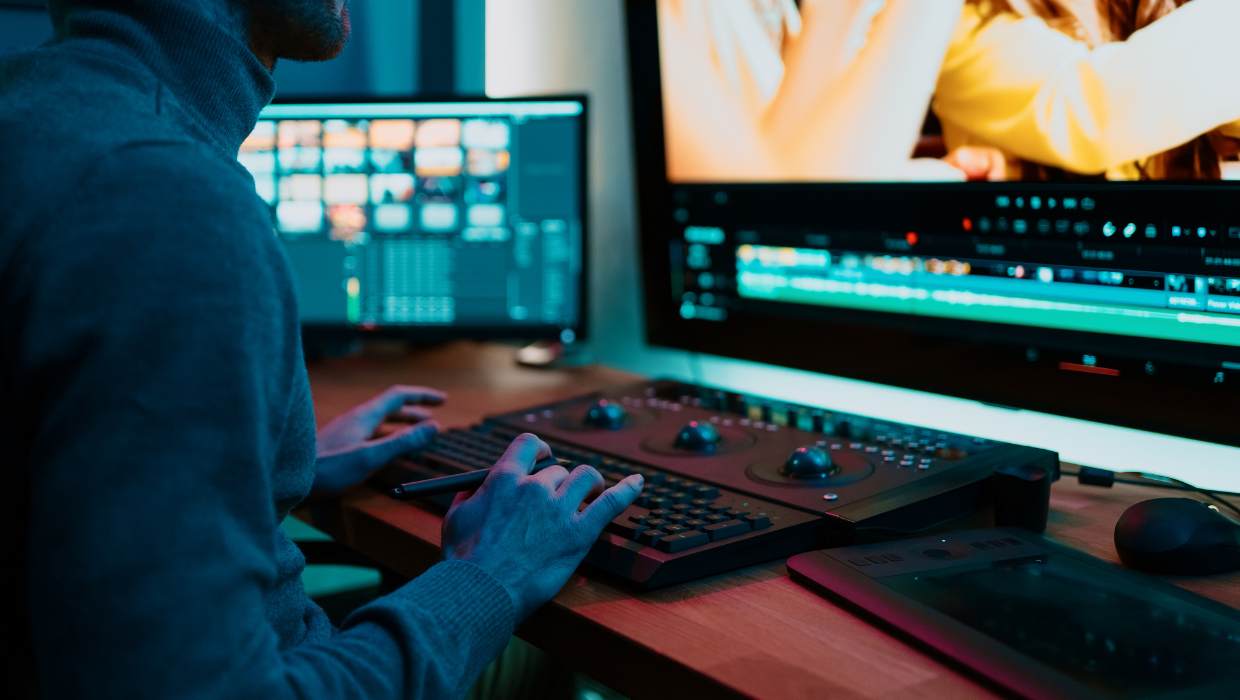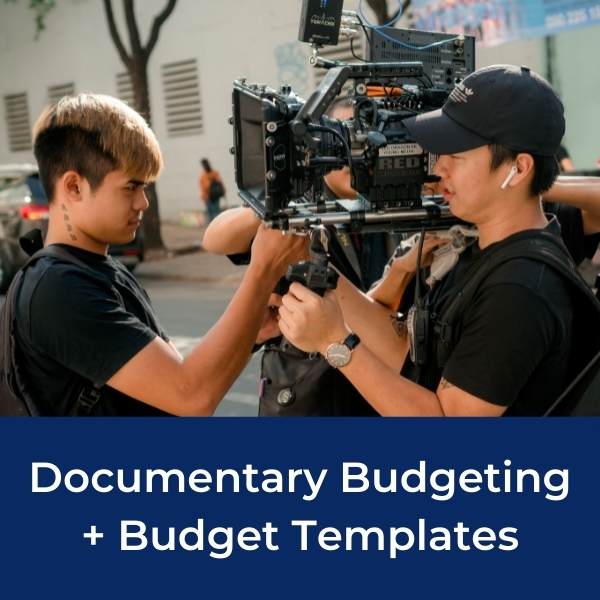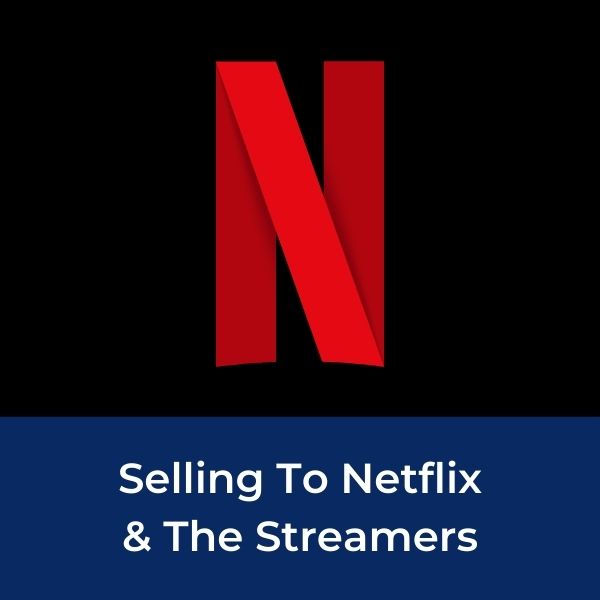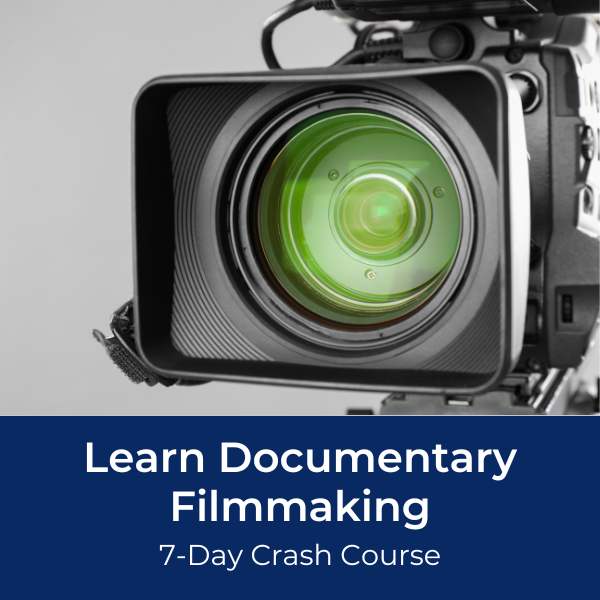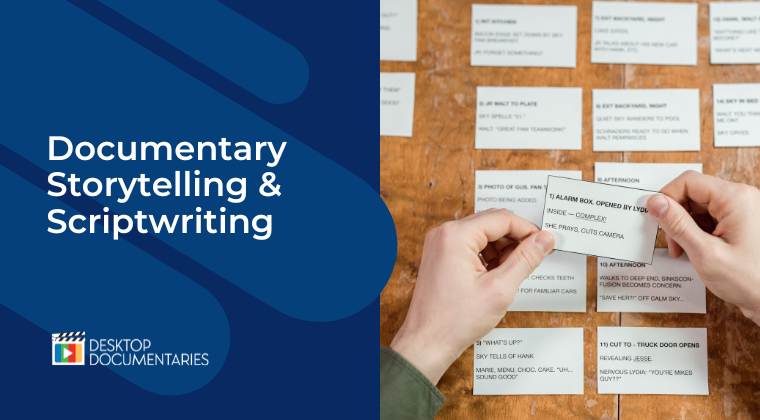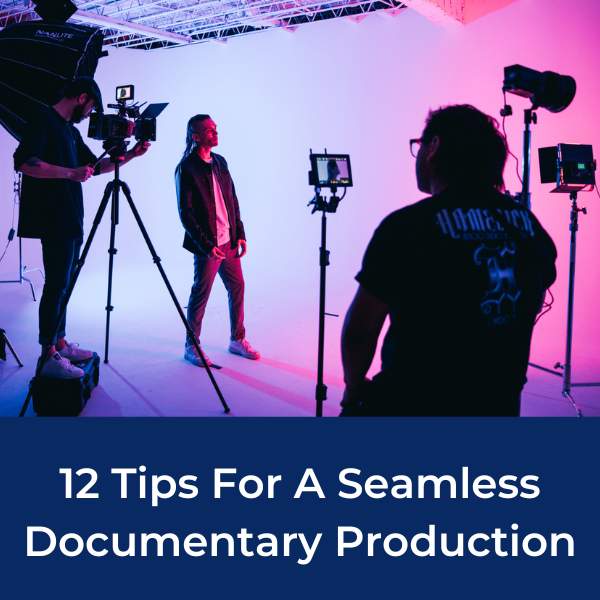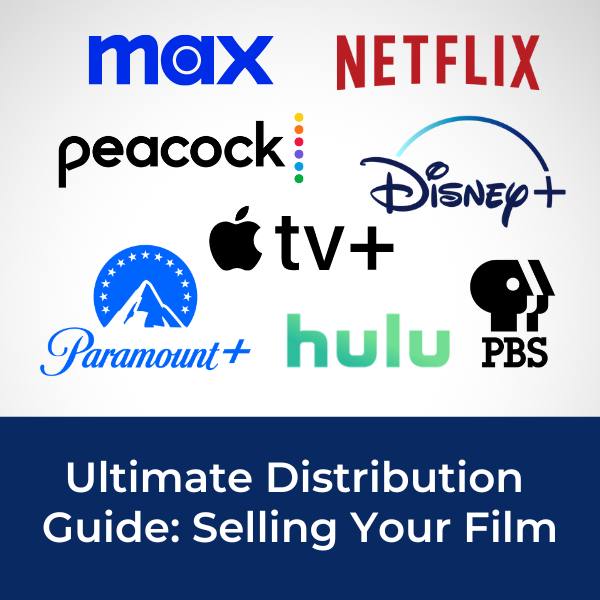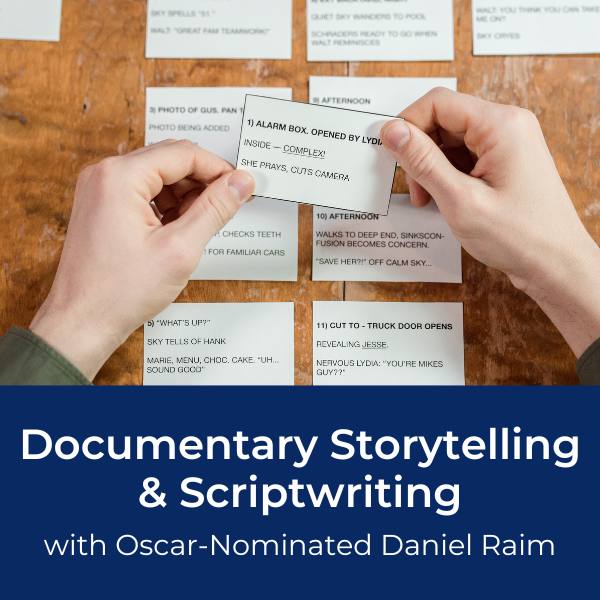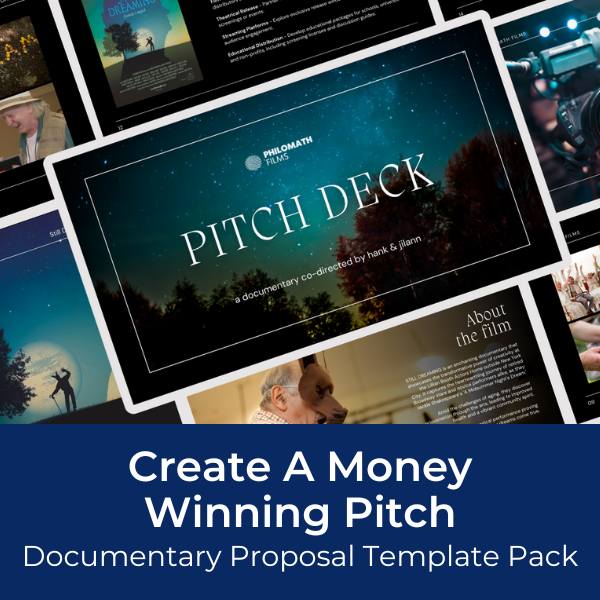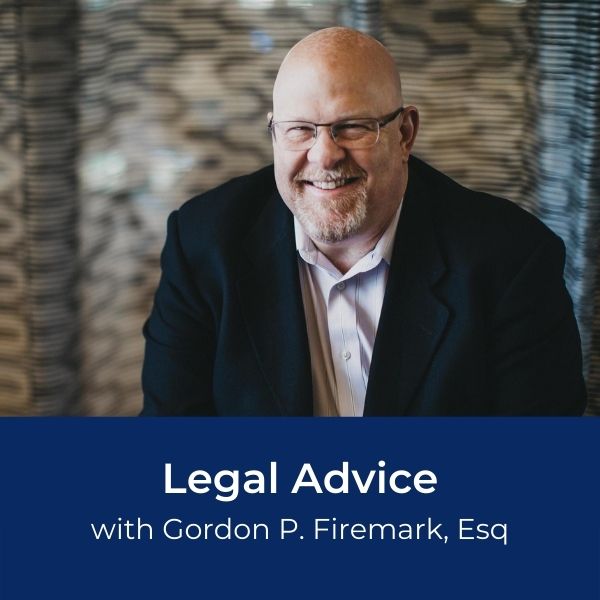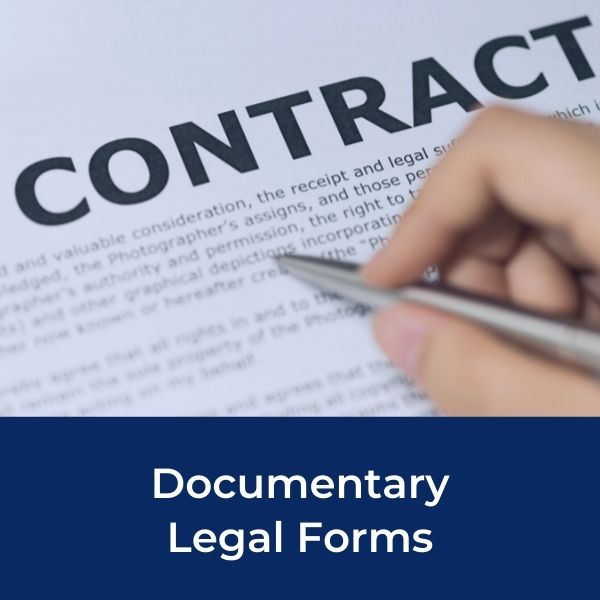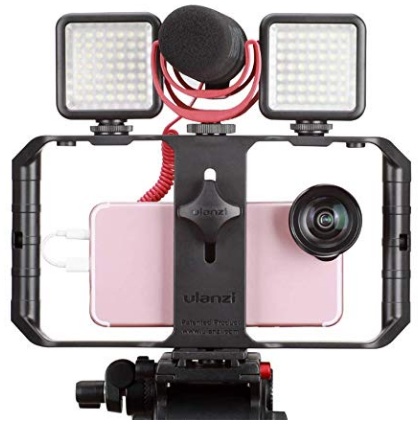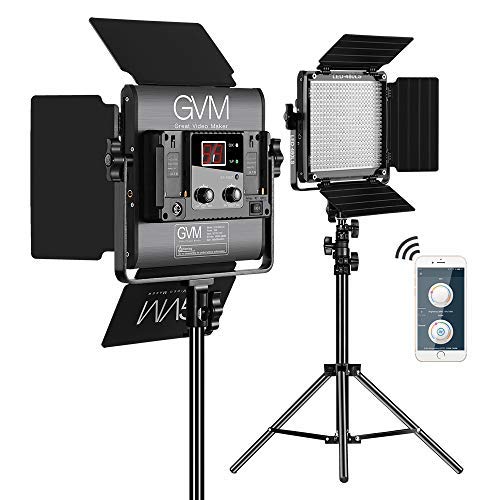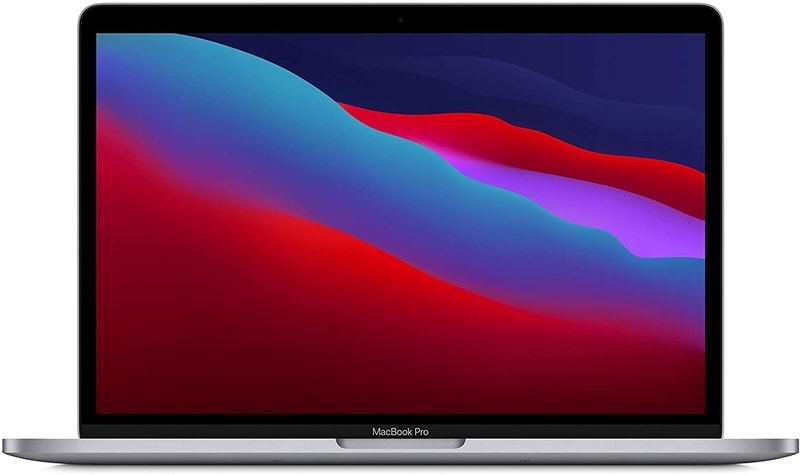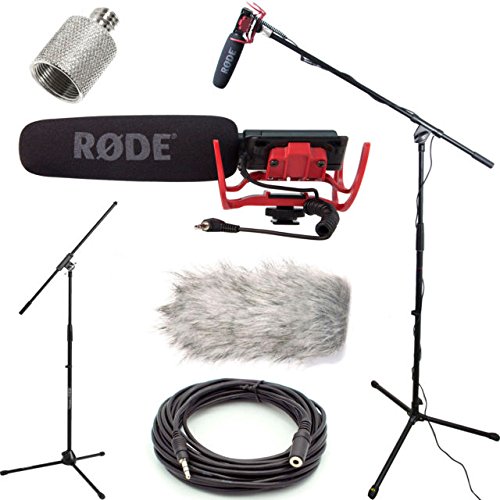Documentary Editing:
10 Best Tips for Editing a Documentary
Taking documentary footage and turning it into a movie is a big task.
Cutting down hours of in-depth interviews and unscripted scenes can even feel a little painful - it’s all so important!
But after you do a few clean sweeps of your material is when the real fun starts.
The process of editing a documentary is all about connecting your ideas.
Yet you’re probably thinking, “how do I get all of my ideas to connect?”
Well, the experts have a few tips for making sense of your story.
Here are the 10 best tips for editing a documentary:
Quick Links:
10 BEST TIPS FOR EDITING A DOCUMENTARY
Tip #1 - Find the sweet spot between order and chaos.
Documentary editor Jacob Bricca lays out his book Documentary Editing: Principles & Practice around one overarching principle: embrace the unexpected.
When you’re working through a rough cut of your documentary, you might consider some transitions or clips as “accidents” or “temporary solutions.” But always show your first cut (chaos and all) to someone else.
Your first, intuitive sequences often behold the genius of your vision. And it’s more than likely that your audience will perceive that.
If you go too far in the direction of clean-cut order, you risk losing genuine spirit and surprise.
So, try to remember that there is a sweet spot between order and chaos, especially when editing a documentary. Don’t be afraid to play.
Choosing the best video editing software.
Documentary Courses & Templates:
Tip #2 - Select reels are a good (second) step.
Once you've watched all your footage, the next step is to "select reels".
A select reel is just that - a selection of your footage. Many editors choose to build select reels by category or topic.
For example, let’s say your documentary is about a surfer. Your select reels might be broken down like this:
- environment (water, beach, home, surf shop)
- topic (training, personal life, philosophy)
- theme (risk, sustainability, commitment)
If you try to edit a documentary off the bat, you’re going to be overwhelmed.
Once you break those 10+ hours into select reels, you can start bringing more sophisticated ideas onto your editing timeline.
Learn step-by-step how to make a documentary.
Tip #3 - YouTube has impacted video editing beyond YouTube. That’s not necessarily a good thing!
Professional editors far and wide agree that social media has impacted how movies are edited. It’s been proven that pacing keeps accelerating in films. This isn’t necessarily a good thing!
Short shots and quick transitions are not equivalent to great storytelling.
Remember that the pacing of your scenes is a deliberate choice, and that your documentary does not need to keep up with the pace of a YouTube tutorial!
Tip #4 - Frequently seek fresh perspectives.
It’s a given that you will lose perspective while editing your film. In fact, this is a big reason why many directors choose not to edit their own films.
Invite people who have never heard of your documentary to view what you’re working on.
Sometimes, just watching your film in the same room as others can help you see your rough cut differently.
Lastly, documentary editor Jacob Bricca insists that perspective is also a muscle you can develop on your own.
Detach yourself from whatever’s on your timeline and it’ll be easier to experiment with new ideas as they arrive.
What makes a GOOD documentary: 7 Key Elements Of An Award-Winning Documentary
Tip #5 - Change up your camera angles but consider how your audience will interpret them.
It’s common practice to edit several camera angles together when presenting a longer sit-down interview.
However, remember that the audience will associate important information with one camera angle.
Just watch any Netflix documentary.
Most often, documentary editors will choose one interview angle as their “important angle” and will return to that angle as the interviewee reveals important information.
Learn How To Edit A Netflix Style Documentary in the video below:
Learn the 4 "Must-Haves" of a Netflix Documentary
Tip #6 - Use a J Cut to connect distinct ideas.
Struggling to transition from one idea to another? Lean into the power of the J Cut.
A J Cut is when the person talking (in an interview or otherwise) stays on frame while another character continues the story (in voice over).
This is a powerful hack when b-roll lacks.
Learn 5 B-Roll Mistakes To Avoid When Shooting A Documentary
Tip #7 - Transcribe your long and OTF (on the fly) interviews.
While select reels can help you organize interview segments by theme or topic, there’s nothing like a searchable transcription to help you locate an essential piece of information.
Yes - transcribing is arduous, but it will save you hours in the long run.
If you'd rather AI do it, check out Happy Scribe, or Google Pinpoint (for Journalists) for a free alternative.
You can also get 45-minutes of free AI transcription with Rev.com.
Tip #8 - When editing a scene, start off with your best clip or moment and list out the beats that you want to shape it.
Seems obvious, but this tip is a big help.
Always start off a scene using the best clip or moment to illustrate that scene.
Then, make a list of what else you need to round out the idea (b-roll, an interview, a photo, etc).
This way, your best footage will serve as an anchor and you’ll be happier with the resulting sequence.
Tip #9 - Cut on illustratable facts, opinions, and descriptions.
In the below video, editor Sven Pape (This Guy Edits) cuts to illustrative shots immediately after descriptions to help the viewer feel as though they are traveling in the car with a police officer.
He also creatively advances the scene by utilizing breaks in speech; following a break in speech, he cuts to a clip of the car moving forward, mimicking the break at a stop sign.
Watch how Sven does it:
Tip #10 - Get familiar with your hinge clips.
These are those moments in the film that take you from a to b to c and so forth.
As described by Jacob Bricca, hinge clips are transitions that happen visually without much explanation from a narrator or interviewee.
Think of your clips that link two topics in one… the moments when your interviewee flows seamlessly into a connecting idea… locate these gems! Put them in their own select reel.
You’ll thank yourself later!
Learn more on the art and craft of making a documentary.
Documentary Resources
Ready To Make Your Dream Documentary?
Sign up for our exclusive 7-day crash course and learn step-by-step how to make a documentary from idea to completed movie!
